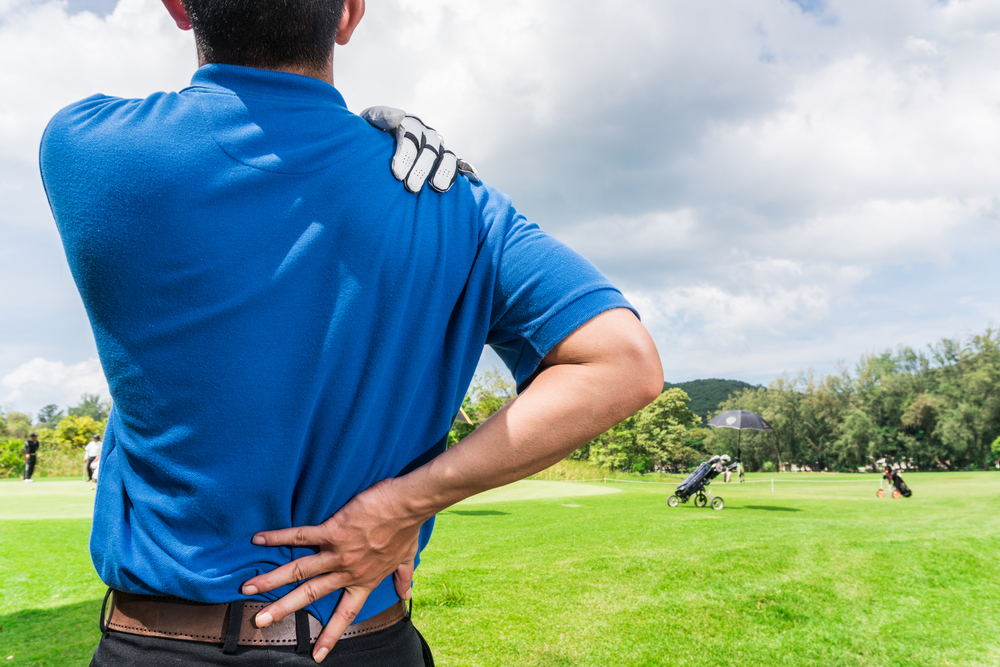Golf is a great sport to take up. Walking, swinging, and carrying your equipment provides a body workout that targets multiple muscle groups.
Many businesses have also been initiated and sealed on the green lawns of golf courses, which enhances the sport’s appeal further.
While golf is a reasonably safe spot to indulge in, golfers suffer injuries related to the sport from time to time. Here are some key ones to watch out for.
1. Wrist Injuries
Because of the amount of swinging involved in golf, golfers often suffer from carpal tunnel syndrome. This results from the repetitive movements that involve the wrist. Over time, these movements put pressure on the median nerve that runs from the wrist to the palm.
This nerve controls sensations on the thumb and palm, except for the pinky finger.
Carpal tunnel syndrome can cause numbness and sharp shooting pains in the palm and fingers. At times, carpal tunnel surgery has to be done to release the pressure against the median nerve.
2. Elbow Tendonitis
Both repetitive motion and erratic swinging can cause elbow tendonitis. Elbow tendonitis results from a swelling of the tendons around the elbow. These are essentially tender bones connecting your lower arm to the bone.
Elbow tendonitis develops gradually. Repetitive motions like swinging golf clubs can place too much pressure on the tendons. Continuous tugging will, over time, lead to small tears in the tissue.
The result is pain, weakness, and swelling.
3. Back Pain
One of the most common injuries golfers get is lower back pain. To finish a game of golf, players need to bend to get in the correct pose to strike the golf ball. This results in spinal compression and prolonged bending that gradually injures the back.
This injury is not traumatic; however, playing with an injured back can exacerbate the back pain and increase the likelihood of developing other injuries such as herniated discs.
For most players, NSAIDs, rest, and back strengthening exercises can help remedy the problem.
4. Knee Pain
Excess torque on the golf course can too often lead to knee pain. Knee pain can also be a result of diminishing cartilage. This can be due to chronic use and age.
Often, golf players with underlying conditions are likelier to develop knee pain. These can result in swelling, tenderness, and pain.
To mitigate this as a golfer, utilize the golf cart, get a ball retriever and adjust your swing mechanics to place as little strain on your knees as possible.
Depending on how severe the knee pain is, the treatment plans include pain medication, physical therapy, and knee replacement surgery.
Parting Shot
Whenever you experience any sport-related injury, you are advised to get to the root of the problem. This helps you try to mitigate a repetition of the same in the future.
